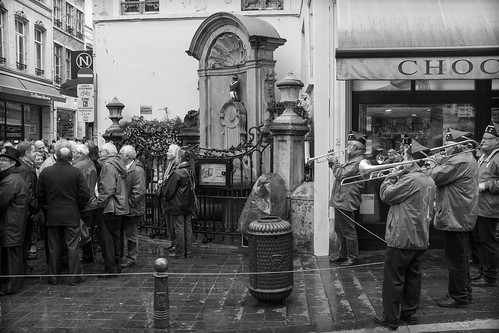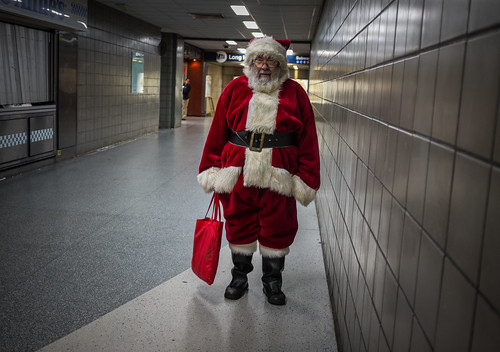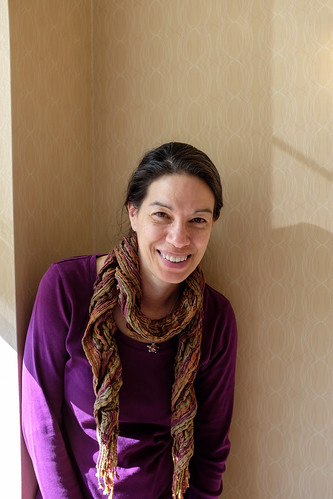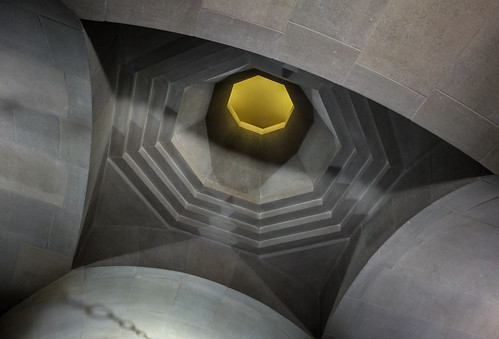First, let's look at my stats. I've been a member since 2008 and posted 661 photos that have been viewed 172,321 times. I currently follow 123 photographers and have 105 following me.
The number one photo, Mannekin Pis, with over one thousand more views than the number two photograph, is somewhat of a mystery to me. First, I don't think it is a particularly remarkable photo although I do like it, but is it a 1000 times more remarkable than any other photo on my page. My only guess on why this is at the top has to do with tags. And if this is the case and you go back and read the tags under the photo you might be a little disturbed. Unintentional on my part, but who knows what people are searching for. Also, having been to Belguim a half dozen times in the past three years, I know that there is always a crowd around this site, so maybe it has nothing to do with specific tags.
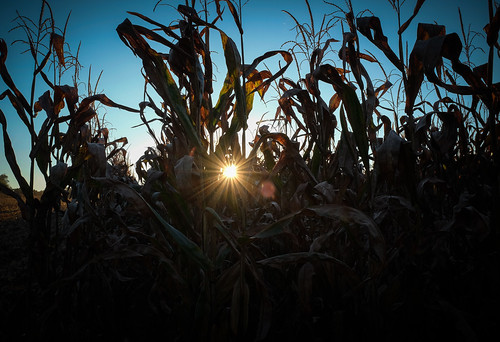 |
| September 14, 2013. Title: Cornfield Description: None Stats: 2,656 views, 48 faves, 4 comments Tags: Kentwood Park, Md., USA, Delaware Bay, Chesapeake Bay, Bridge, light, Lens Flare. Groups: None. |
And like the first photo, I don't think the fifth most viewed photo, the ceiling of the Armenian Classroom taken during a visit to the University of Pittsburgh for my son's graduation, is all that great. It could be the title, or detailed description that helps people find this photo.
